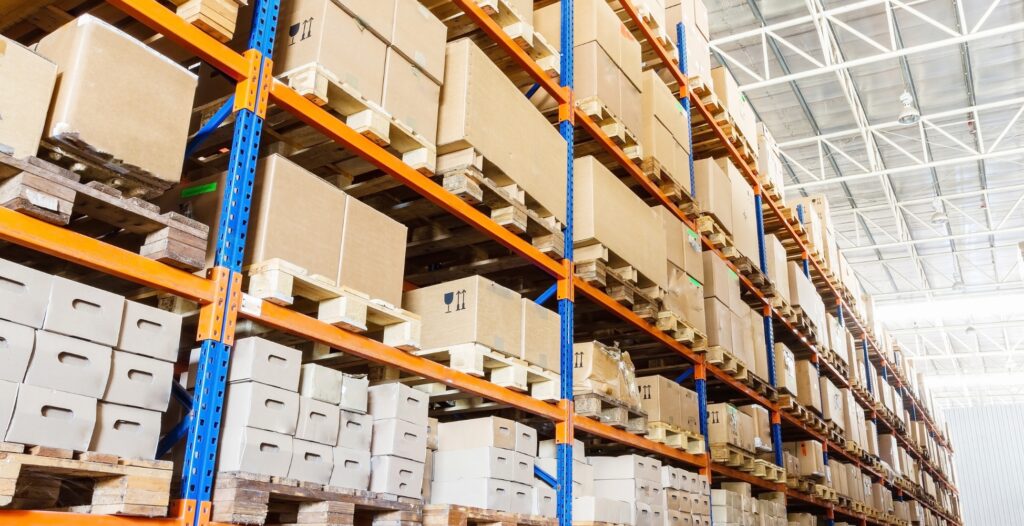Amazon offers two selling models to sellers: FBM (Fulfillment by Merchant), where you handle order fulfillment and ship products to customers from your own warehouse, and FBA (Fulfillment by Amazon), where you entrust Amazon with order management and shipping to customers. Selling with the FBA Amazon model is significantly more popular due to advantages such as faster product delivery to customers, participation in the “Amazon Prime” program, the opportunity to win the “Buy Box,” broader Amazon SEO and advertising opportunities, and more. When choosing the FBA model, the main mission for sellers becomes preparing and shipping products to Amazon fulfillment centers. So, how and why should you prepare for this mission?
How much do mistakes cost?
Currently, there are over 175 Amazon warehouses worldwide, with a total area reaching up to 335,000 m². These warehouses employ hundreds of thousands of workers. In order to optimize space utilization, enhance employee efficiency, and ensure timely delivery to maximize customer satisfaction, Amazon fulfillment services have strict requirements for shipments arriving at their facilities. The process of preparing shipments falls on the shoulders of sellers, where every step is crucial, from registering and packaging the shipment to proper labeling and selecting reliable carriers.
It is crucial not to rush and prepare shipments according to all the requirements. Equally important is to constantly monitor updates and adapt to them because even for minor errors, Amazon can penalize sellers.
Shipment holds, inventory suspensions, additional fees, and financial penalties are consequences that sellers may face for violating Amazon’s established rules.
Amazon fulfillment centers: How to pack and label shipments?
- If a product is assembled from separate parts, all the components must be packaged together.
- The items that make up a set must be packaged together and labeled with a sticker indicating that it is a set and should not be separated.
- Perforated boxes must pass a 0.91m drop test, meaning that the packaging should not open when dropped from the specified height onto a hard surface. If the packaging does open, it must be additionally packed into a polybag.
- On the outer packaging bags with an opening of 12.7 cm or larger, a warning about suffocation hazards must be printed or affixed. You must alert customers that the bags are not toys and should not be used in cribs, carriages, or similar applications. Additionally, the bags should be kept away from children. The warning must be prominently displayed and printed at a specific size as specified by Amazon, depending on the dimensions of the bag.
- The polybag for a product or a paper box that is additionally packed into a polybag must not exceed 7.62 cm in any dimension.
- Damaged items must be packaged in bubble wrap and must pass a 0.91m drop test on a hard surface.
- Each outer package must be marked with a scannable barcode, FNSKU, the product name, and condition. If this information is already present on the product box, but the box needs to be additionally packed into a polybag (e.g., creams or other cosmetics), the barcode and other information should be affixed to the outer polybag.
- There should be only one scannable barcode on the product. If the product packaging already has a manufacturer barcode, you must cover it to avoid confusion during barcode scanning. If you are selling bundles that consist of two different individual products, they must be covered, and a new barcode for the bundle should be affixed to the shared packaging.
That is only a part of the most important packaging and labeling guidelines, but it provides a good understanding of the thorough considerations required. There are many specific requirements for different product categories, so before preparing a shipment, analyze the requirements applicable to your product category. You can find all the latest shipment packaging requirements at the Amazon selling help: https://sellercentral.amazon.com/help/hub/reference/200141500
Amazon warehouses receive and ship hundreds of thousands of new products every day, so proper packaging and labeling of shipments sent to Amazon warehouses ensure smooth acceptance into the warehouses and delivery to customers. If you’re unsure about successfully preparing a shipment, especially if it’s your first time, don’t hesitate to seek assistance from the DIGITAL FREAKS team, who are well-versed in the requirements imposed by Amazon fulfillment centers.
